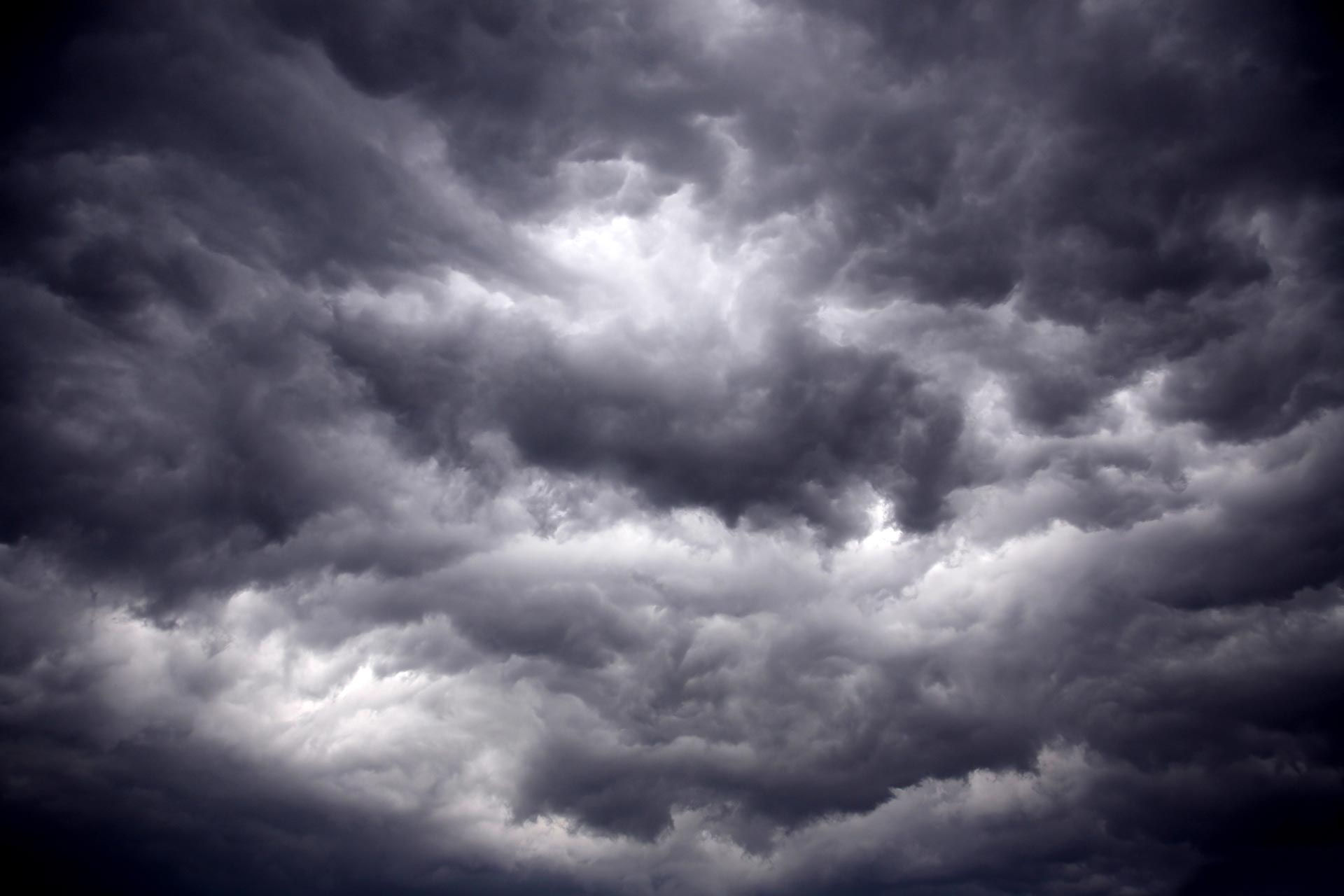ALL FIRED UP...
- terryswails1
- Jul 1, 2022
- 4 min read
Well, here we are on the 4th of July weekend. Parades, fireworks, barbecues, you name it...it's happening. Nothing can spoil your plans faster than a bad storm or a gullywasher! The focus of this year's concerns are centered on Monday, the 4th. That's the day showers and thunderstorms are slated to become players in the Midwest's weather pattern for several days to come.
As you can see the Weather Prediction Center has the northern half of my area targeted for a heavy rain threat July 3rd to July 7th. Just to our southwest excessive heat is projected to be a problem. You can't win for losing.

As for the 4th of July itself, a slight risk of excessive rains capable of flash flooding covers all of my area near and north of I-80.

Before that, rain prospects continue to look low both Saturday and Sunday as weak high pressure provides subsidence and a relatively dry air mass. While a stray shower or storm is possible, especially in my SW counties Saturday night, the overall period looks warm and dry with with highs generally in the mid to perhaps upper 80s. Dew points remain low to moderate in the upper 50s to mid 60s. From what I can see, both Saturday and Sunday should be fairly comfortable days days with seasonal levels of heat and humidity
Monday through much of the ensuing weak is likely to be warm and rather humid. In fact my southern counties just south of the warm front could experience searing heat, especially Tuesday and Wednesday. In fact, the EURO has highs reaching 100 or more in my counties in SE Iowa Tuesday , Here's what the EURO shows Tuesday July 5th. 100 to the Quad Cities and 104 near Keokuk!

The heat and humidity results in an extremely sultry day Tuesday with heat index readings of 105 or higher. At a minimum that gets most of us a heat advisory (if not an excessive heat warning).

More important is the fact parts of the area enter into the "Ring of Fire" circulation that exists on the northern fringe of the heat dome situated over the south-central United States. Water vapor much of next week will be in the 1.5 to 2.5 inch range. Here's what the EURO depicts the evening of July 4th.

With the air mass "fully juiced", any thunderstorm that can fire in that environment would have the ability to produce excessive rains. Additionally, the westerly flow aloft will keep the air mass nearly stationary allowing for back-building and repeated development of storms, what's known as training. That carries with it the threat of flash flooding with rainfall rates up to 2 inches an hour.
Additionally, severe weather could become a concern with high CAPE (instability) and a potent low level jet, (especially at night.) Late afternoon of the 4th the GFS has CAPE values more than 4,000 J/kg. on the northern edge of the CAPE gradient. That's the area most conducive to strong thunderstorm development and it includes the majority of my area near and north of I-80.

The key to thunderstorms and any heavy rain will be the cap (warm air aloft), that hinders thunderstorm development. It's very likely that it will break at some point on multiple occasions next week allowing strong thunderstorms to erupt with the ability to produce significant rains. The trick will be determining where that happens, something that's difficult to ascertain due to complex mesoscale details and interactions tied to daily convective episodes. It still seems the northern half of my area is most vulnerable to seeing the heaviest rains where the cap has a better chance of being breached. In fact, the south (especially south of I-80) may remain totally capped with little rain but very hot sultry conditions. As I mentioned earlier the EURO shows highs Tuesday breaking 100 in SE Iowa. There's little chance storms will go up in that environment.
So just to recap, Saturday and Sunday look to be seasonably warm days with only a slight chance of a storm in my far southwestern counties in Iowa. The 4th of July, and much of next week chances of storms exist almost daily as we ride the ring of fire. The greatest threat of heavy rain and strong thunderstorms appears to be north of I-80. The south may avoid most of the storms but pays a price by suffering high heat and humidity that could send the heat index well over100 degrees. Here's what the Weather Prediction Center shows for rainfall through Thursday of next week! Locally higher amounts are likely in spots where training or a strong MCS track develops.

Needless to say, some interesting and potentially impactful weather awaits us beginning the 4th of July. With that, I will call it a post. I'm all fired up for fireworks which thanks to COVID I have not had the pleasure to enjoy the past 2 years. I plan to make up for that lost American tradition in a big way. Enjoy the holiday weekend and as always, roll weather...TS













Comments